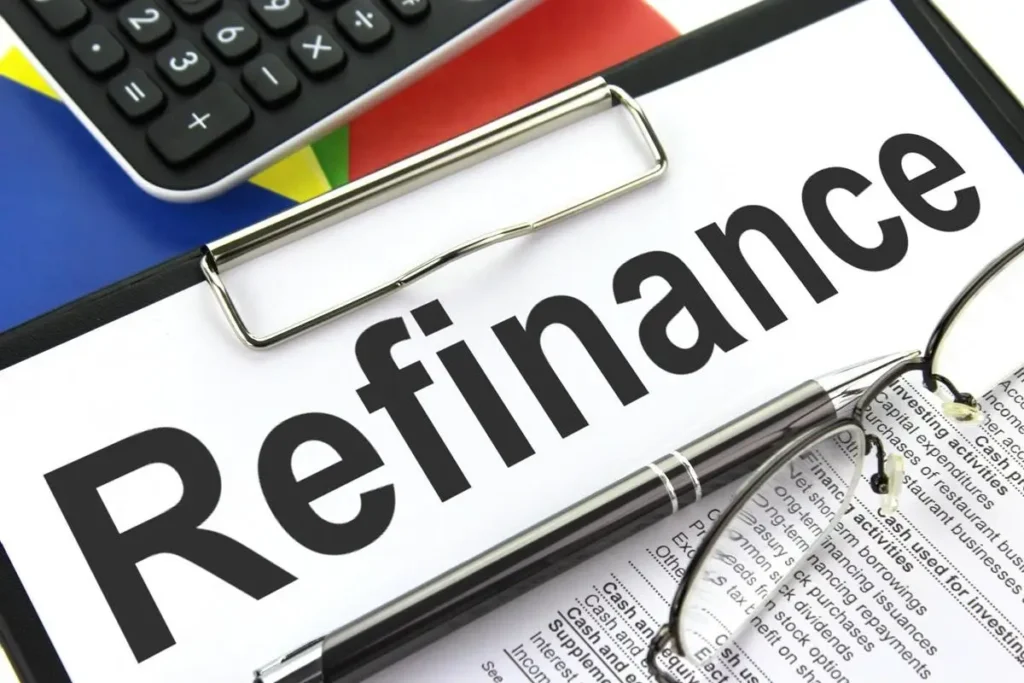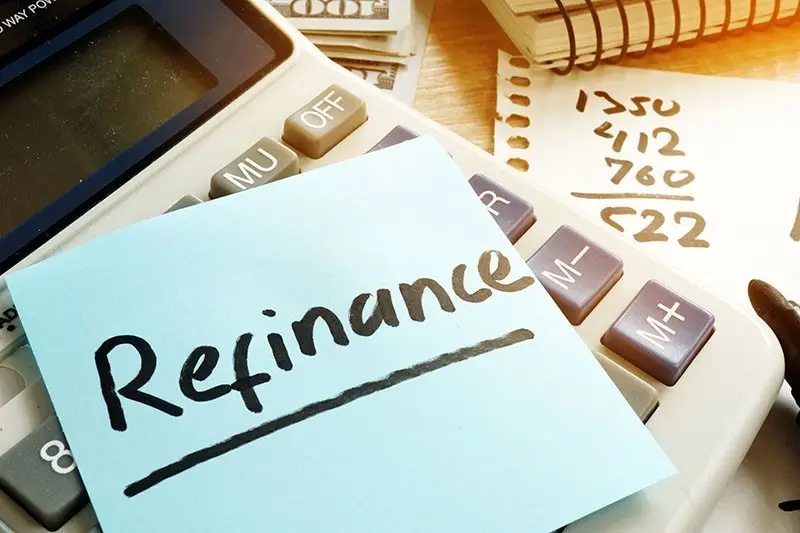Financial instruments such as loans are credit facilities that help people get out of financial jams and thankfully, they are easily accessible. However, studies have shown that a lot of people end up regretting the use of these instruments. This is because credit cards, mortgages, medical bills and students’ loans have kept people trapped in a debt cycle.
However, there are many ways of getting out of debt and one of them is refinancing. Check out https://besterefinansiering.no for more details. A summary of the concept however, is that this is a process through which the borrower takes out a new loan to offset outstanding loans. There are many reasons why people take this route and we will discuss them in this article.
Additionally, we will examine the basics of the concept how it worksso stay with us.

Understanding Debt Refinancing
Before you make the best of any process, you must understand what the process is really all about and also know how to engage it. That is why we will take out some time to explain what debt refinancing is and the types of debts that can be refinanced.
What is debt refinancing?
The process of debt refinancing is one through which a borrower applies for and gets a new loan with better terms and conditions to be used to pay off existing loan(s). This is different from debt restructuring which is the process of revisiting the terms and conditions of an existing credit facility.
People prefer refinancing because it is a faster process that they can easily qualify for and at the end of the day it can help to improve their credit score. This positive impact on a borrower’s credit history happens because the original loan that was refinanced will be recorded as fully repaid.
There are a number of reasons why people take out a refi and the most common ones include the following:-
- To reduce interest rates
- To consolidate multiple debts
- To change the structure of an existing loan
- To free up cash
The most likely set of borrowers to benefit from the process of a refi are those whose credit scores have increased significantly since the time they took out the original loan that they are seeking to refinance.
Since the main thrust of a refi is the replacement of an original loan with a more favourable one, it goes without saying that many people will seek it out anytime there is a change in market conditions that lower interest rates.
Types of Debt that Can Be Refinanced
You can refinance any kind of loan and we will briefly discuss the different types of loans below:-
Mortgage
A mortgage is a credit facility used to purchase a home or any piece of real estate. There are many reasons why homeowners may seek a refi and they include in addition to the general reasons already stated above; home improvement or elimination of private insurance. Click here for more details.
There are two major types of mortgage refi and they are Rate-and –Term Refi and Cash-out Refi.
- Rate-and Term Refi- This is a situation where homeowners take out a new loan that has better terms and interest rates. This process can either reduce the repayment duration of the loan or the monthly payments.
- Cash-out Refi – This process on the other hand entails taking out a larger amount than the balance on the current mortgage. The credit facility is used to pay off the original mortgage and the balance paid out in cash to the homeowner. This balance can be used to renovate the home or consolidate some debts.
Student Loans
Student s can get loans from either private or government lenders. So in refinancing students’ loans, borrowers may decide to get refinance loans from private lenders to pay off federal lenders or vice versa. The objective is essentially to get lower interest rates elongate the repayment duration or reduce monthly payments.
Credit Card Balances
Credit card debt is a major stressor when it comes to personal finances. To help alleviate this problem, a good number of issuers offer what is known as balance transfer. These programs help card holders to transfer debts from high interest cards to new credit cards with promo 0% or low interest rates for a particular period. With this balance transfer programs any serious minded borrower can reduce their debt significantly and in an efficient manner.
Other Consumer Loans
Like we mentioned earlier, every kind of loan can be refinanced. From instalment loans, to store credits or debts from hospital bills; all are eligible for refinance depending on the lender and their policy on specific debts. So if you are thinking of refinancing an existing credit facility, you will do yourself a world of good by consulting a financial advisor before proceeding.
How to Refinance a Loan

Having looked at the basic information about refinancing, you may have come to the conclusion that it is the way to go for you. However, if you do not go about it the right way, you may not get the desired result so here are some tips to help you out:-
Assess Your Existing Loan
The first thing to do once you start thinking of refinancing is to evaluate the current loan that you have. Ensure that you understand the current interest rate that you are paying and your monthly payment; not forgetting the remaining balance on the credit facility. With this information, you can determine whether the terms of the existing loan is better than what you expect to get from the
Check Your Credit Score
You should know that your credit score plays a big role in determining the interest rate also other conditions of a loan. The higher your credit score, the better the terms and conditions you get for a refi; the lower the score, the lower your bargaining power.
So you need to know your financial stand so that you will be blindsided. You can request for and get a free credit report. When you do, look through it thoroughly to be sure that there is no error or issue that can affect your credit score negatively. If you find any errors, ensure that they are sorted before applying for any credit facility.
Determine Your Financial Goals
You must define what you hope to achieve with this process or else you will not get the best from it. Determine whether you want to reduce your interest rate or monthly payments or you want to consolidate multiple loans or shorten the repayment duration of the loan. Knowing exactly what you want will help you make informed decisions.
Carry out Comparative Shopping
The first step in this process is to check out as many lenders as possible; do not be limited to only the traditional banks that you know. Extend your search to other financial institutions such as credit unions and online lenders. When you visit their site, ensure that you check all the terms and conditions of their loan agreements, the interest rates and every little detail of the loan offer. Do not forget to read their customer reviews too.
Conclusion
Taking out a refi loan is not something that should be done carelessly. One must take out time to do some research to ensure that you are not jumping from frying pan to fire. we have shared some information that will surely come in handy. Bear them in mind going forward to help you make informed financial decisions.
Subscribe this Channel: YouTube.com/Waqas Mushtaq
Disclaimer: All Images that are Used in this post from Instagram & Google Image and Credit Goes to their Respective Onwer. The above details are sourced from various Online reports. The website does not guarantee 100% accuracy of the figures.Contact Us on this Email info@bioofy.com for Credit or Remove these Images.
Note: Bioofy.com does not aim to promote or condone piracy in any way. Piracy is an act of crime and is considered a serious offense under the Copyright Act of 1957. According to the Indian copyright act, an attempt to commit, aid, support, or counsel an act of piracy will be punishable with up to 3 years of imprisonment, and up to a ₹2,00,000 fine.


